William Choe Frank
CS194-26 Proj6A
Image Warping and Mosaicing
Overview
The goal of this project is take two or more photographs and create an
image mosaic by registering, projective warping, resampling, and compositing
them. For this part A of the project, we manually selected corrispondence
points between the 2 images we wished to combine into a mosaic. In part B,
that process will be automated.
We will first discuss recovering homographies. Then we will show how
those recovered homography matricies H can be used to warp images. Finally,
we will then show how those warped images can be used to create a mosaic
using linear blending.
Selecting Corrispondence Points
With the number of corrispondence points n being 4, we have enough
information to recover the homography matrix, which will be shown in the
next step, but in order to reduce noise and provide a more stable image,
more than 4 points should be provided to make an overdetermined system.
Furthermore, points should be selected that corrispond to the same "object."
Below is an example of this with 2 pictures of my laptop on my desk.
Note: For showing rectified images, this is slightly different and will be
explained in it's own section
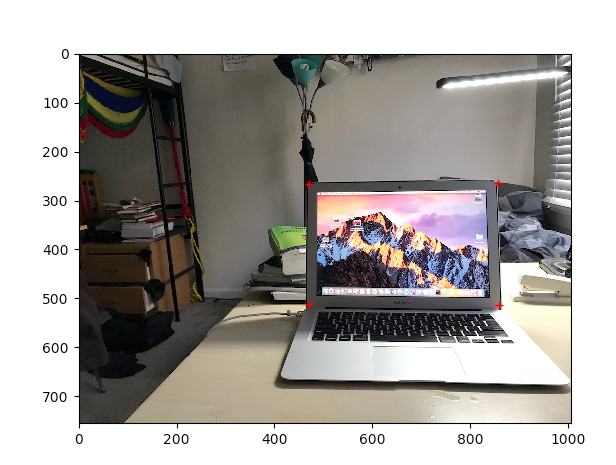
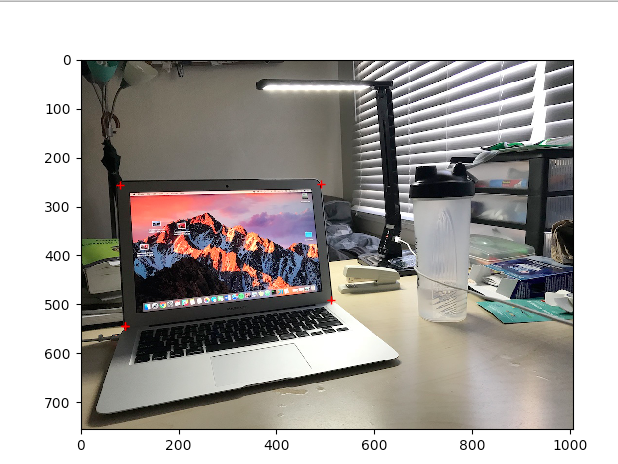
Recovering Homographies and Warping Images
The first step in creating a mosaic is to warp the images so they appear
to be on the same "plane". We can project an image imA to the plane of
a target image imB by recovering the Homography matrix H that captures
this transformation.
Computing the homography matrix for a projection of imA -> imB is as shown
by the matrix equation (Ax = b) below. Every 2 rows of A corrisponds to
a single corrispondence point where x_1, y_1 are the x,y coordinates of
the ith corrispondence point in imA, and x_1`,y_1` corrisponds to the x,y
coordinates of the ith corrispondnce point in imB.

You can then use a least squares solver to solve for b which contains the
entries of the H matrix.
With H, you can project imA to imB. To achieve this, I used the inverse
warping technique that I used in project 4 to determine the new pixel values
of image A, imA`.
Image Rectification
Using H, you can project single images into different "views" by e.g.
clicking on four points that you know are a certain shape (i.e. square or
rectangle), then setting the next set of 4 points to a programmically
defined shape. In this case, imA and imB are the same image when computing H and doing warping,
but what differs here are the 2 sets of 4 corrispondence you select.
My results for this are below. The first image is the original
followed by the rectified image.
For this sign, we know that it actually represents a rectangle so rectify
the sign to show that.
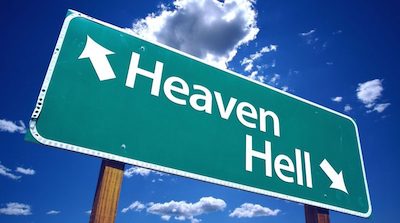
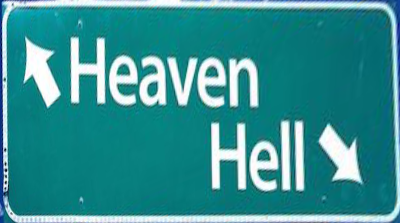
For this table with drinks, we use the square pattern in the tile in
the upper table to rectify this image from a top down view.
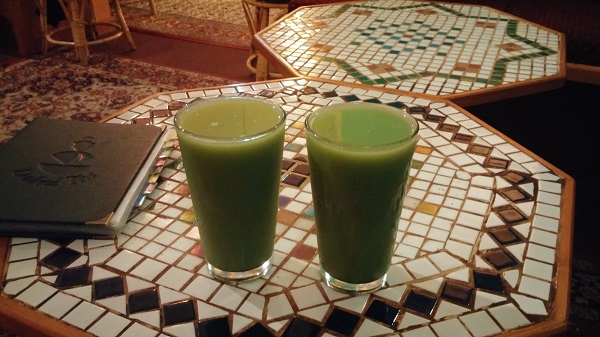
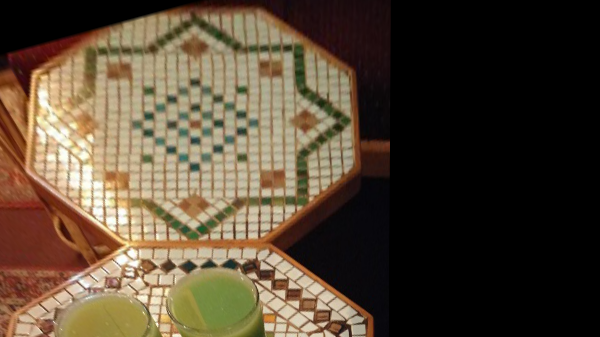
Image Mosaics
Here are 2 pictures of my neighborhood for which I will discuss creating
a mosaic for.
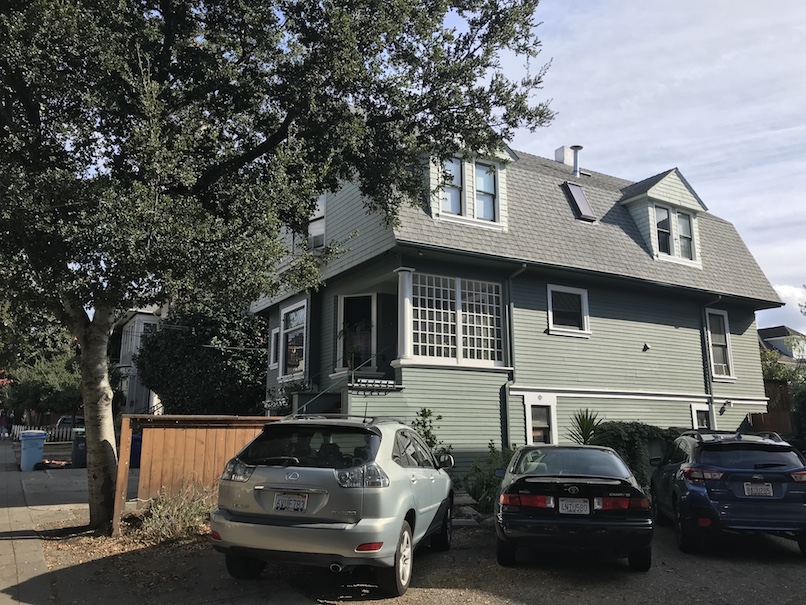
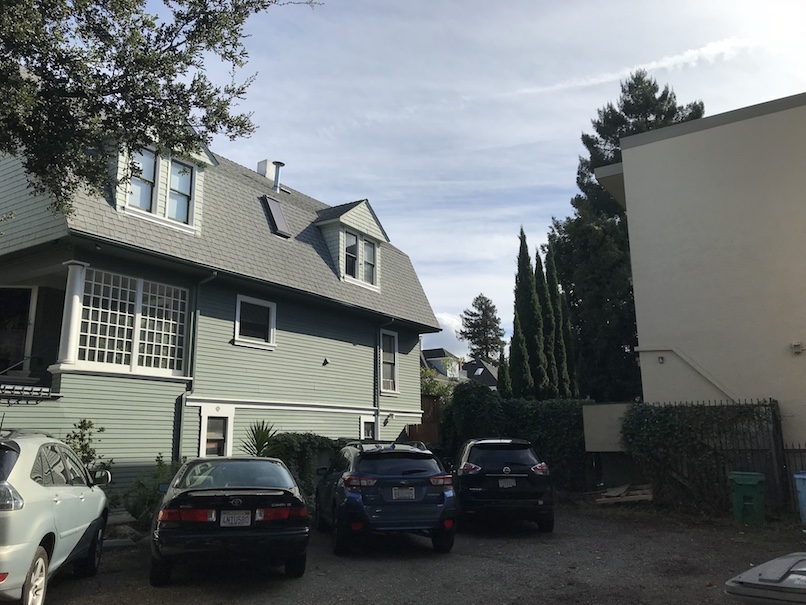
First, I selected my corrispondence points around the olive house in both images.
Using H and our warps of imA and imB computed in the previous part, we can
compute mosaics of the 2 images. We achieve this by warping imB to the
image plane of imA by using our computed H. Then we shift imA with respect to the warp that was
just done. So right now we have a shifted imA, imA` and a warped
imB, imB`.
imA` on the right; imB` on the left
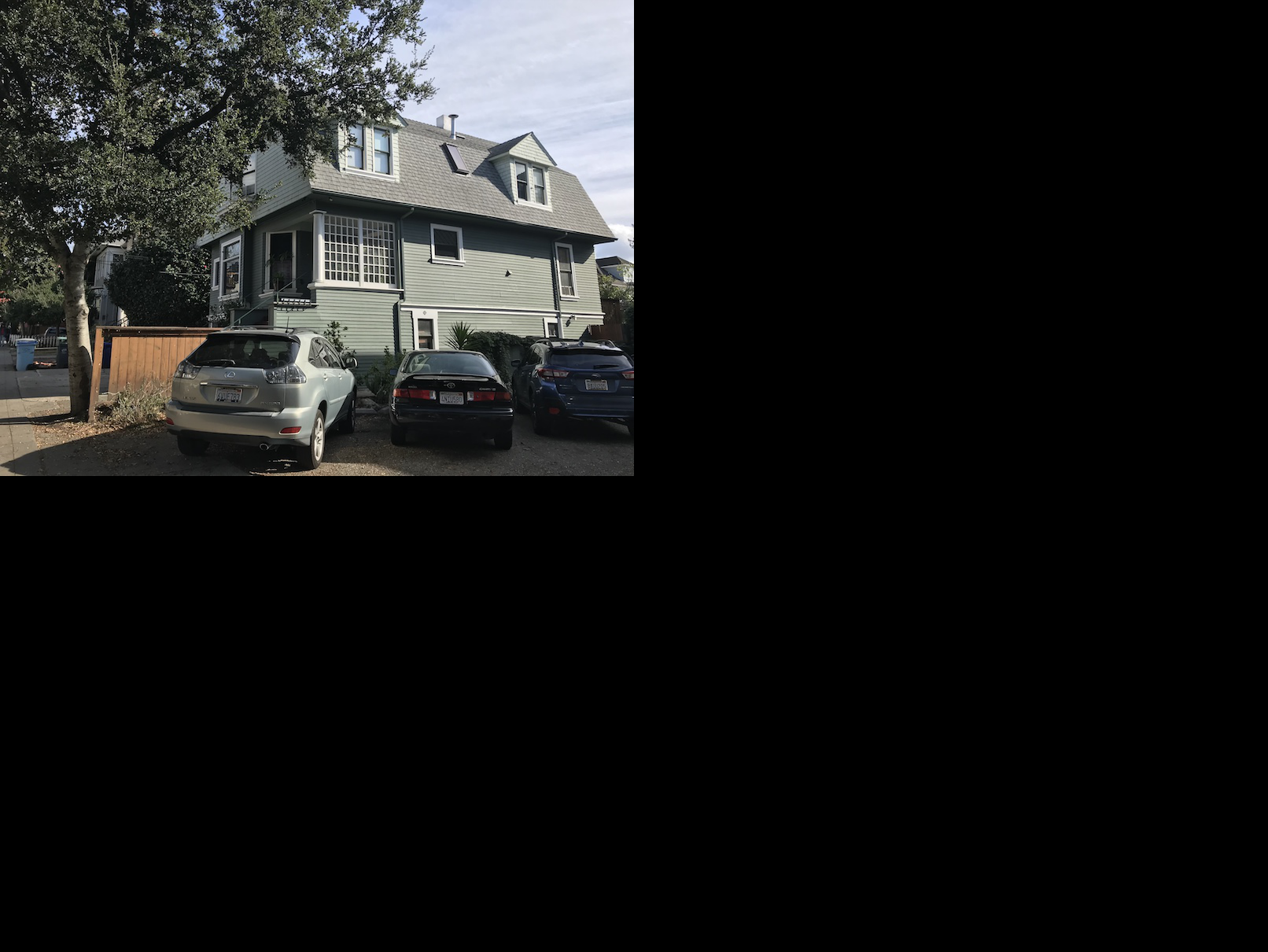
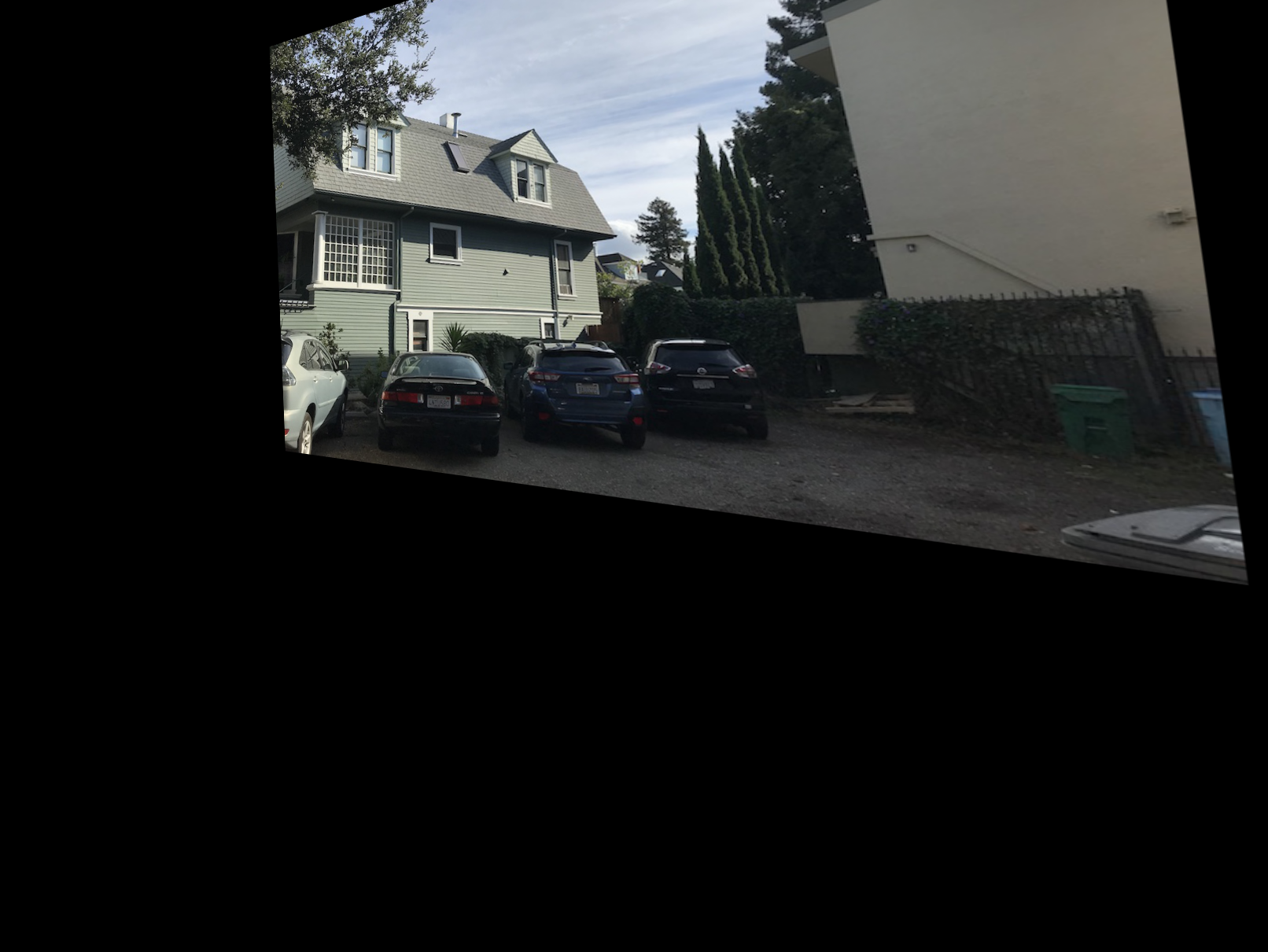
Now we can use linear blending to blend the 2 together.

Using a mask, and by using different alpha values depending on which image
I am closer to, I blend the 2 warped images together to finally produce
the mosaic (cropped).
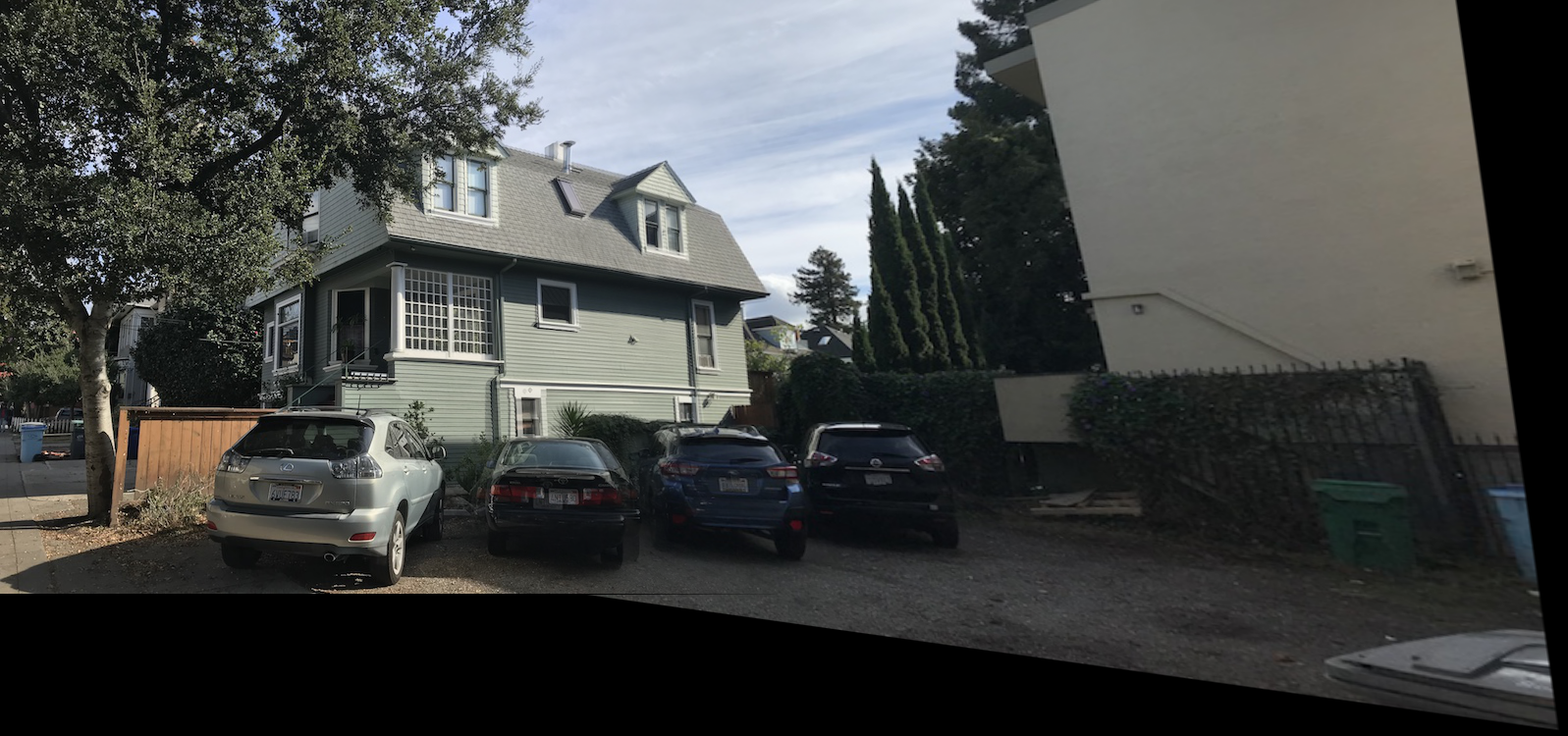
Other Image Mosaics
My Desk
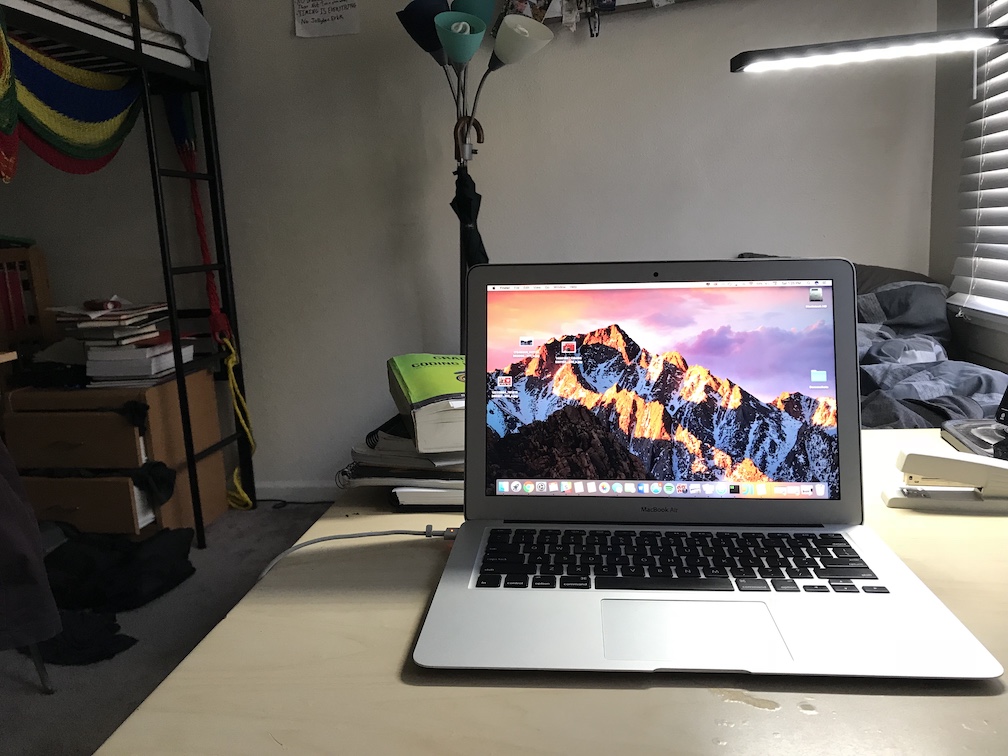
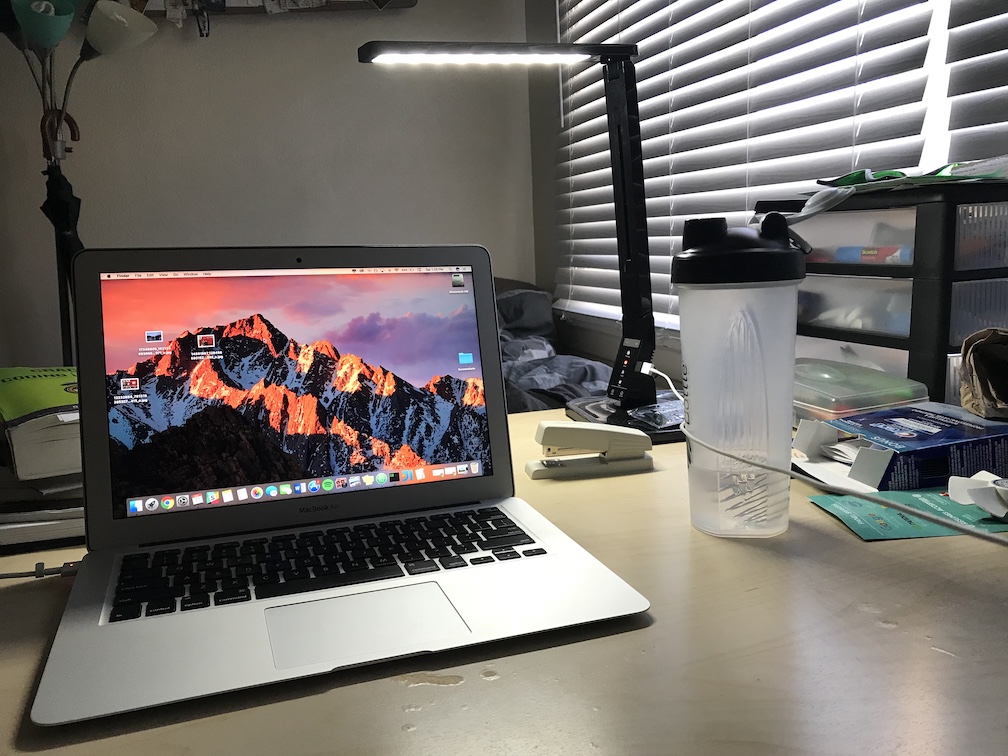
imA` on the right; imB` on the left
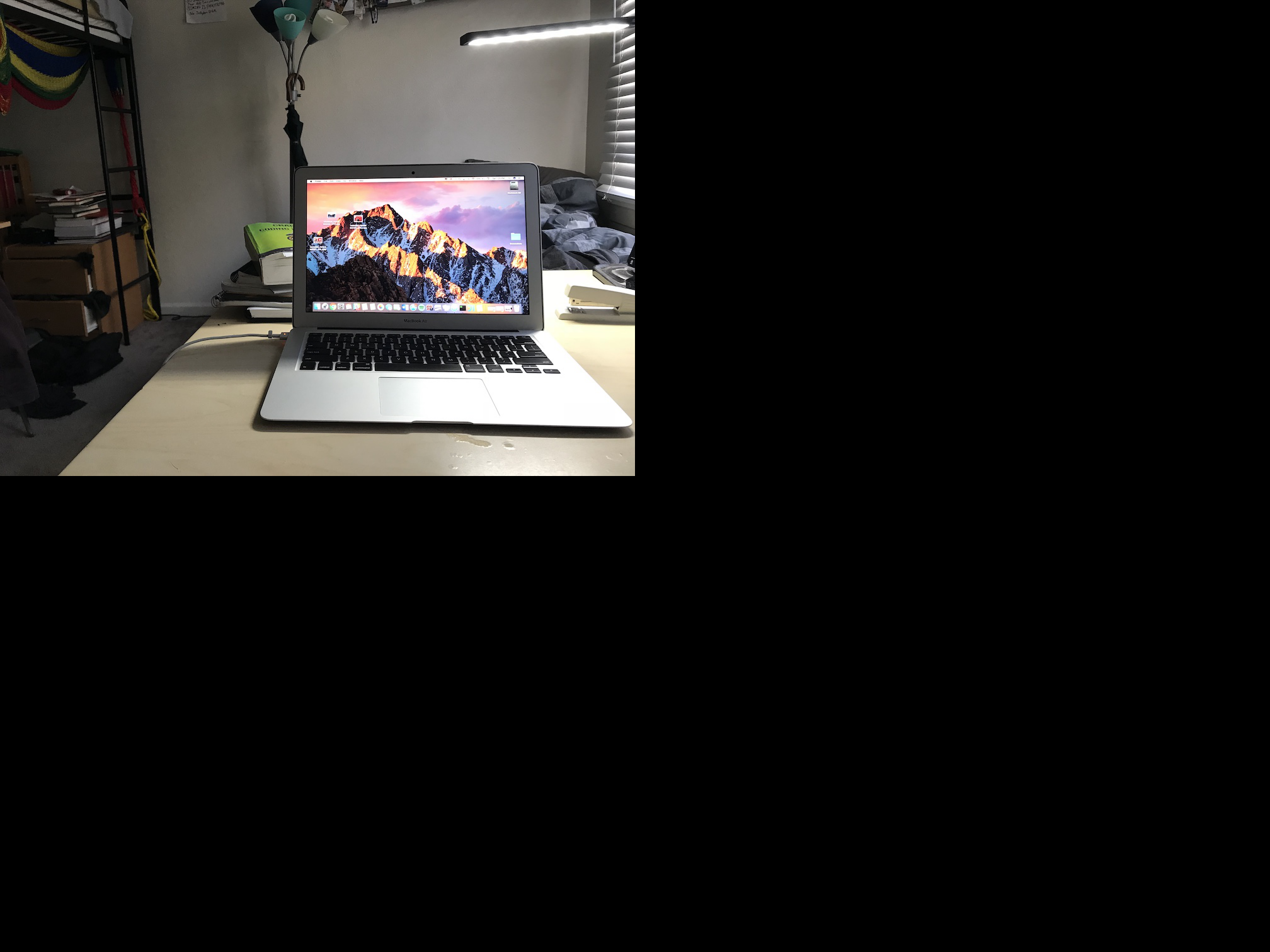
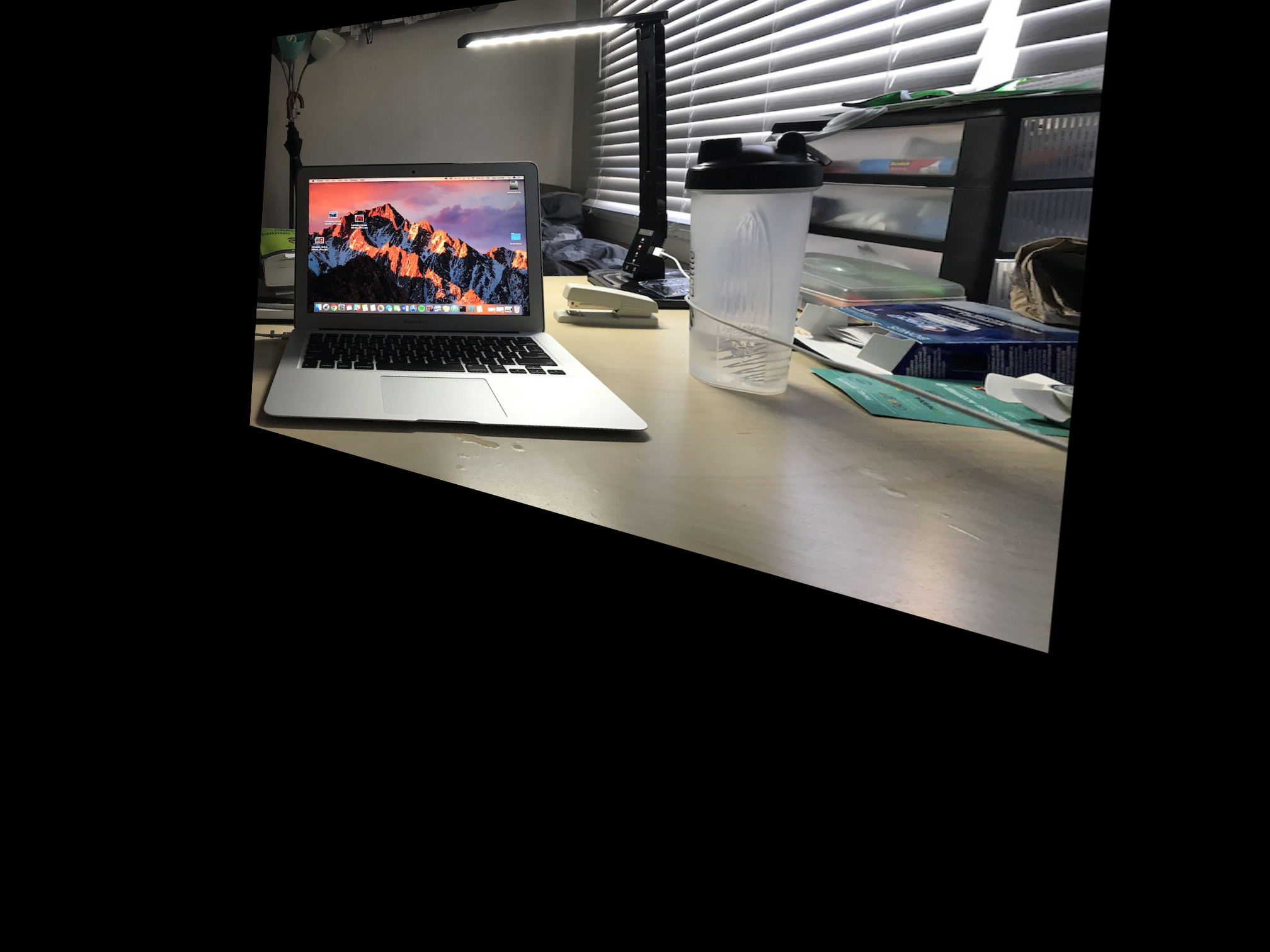
Desk Mosaic
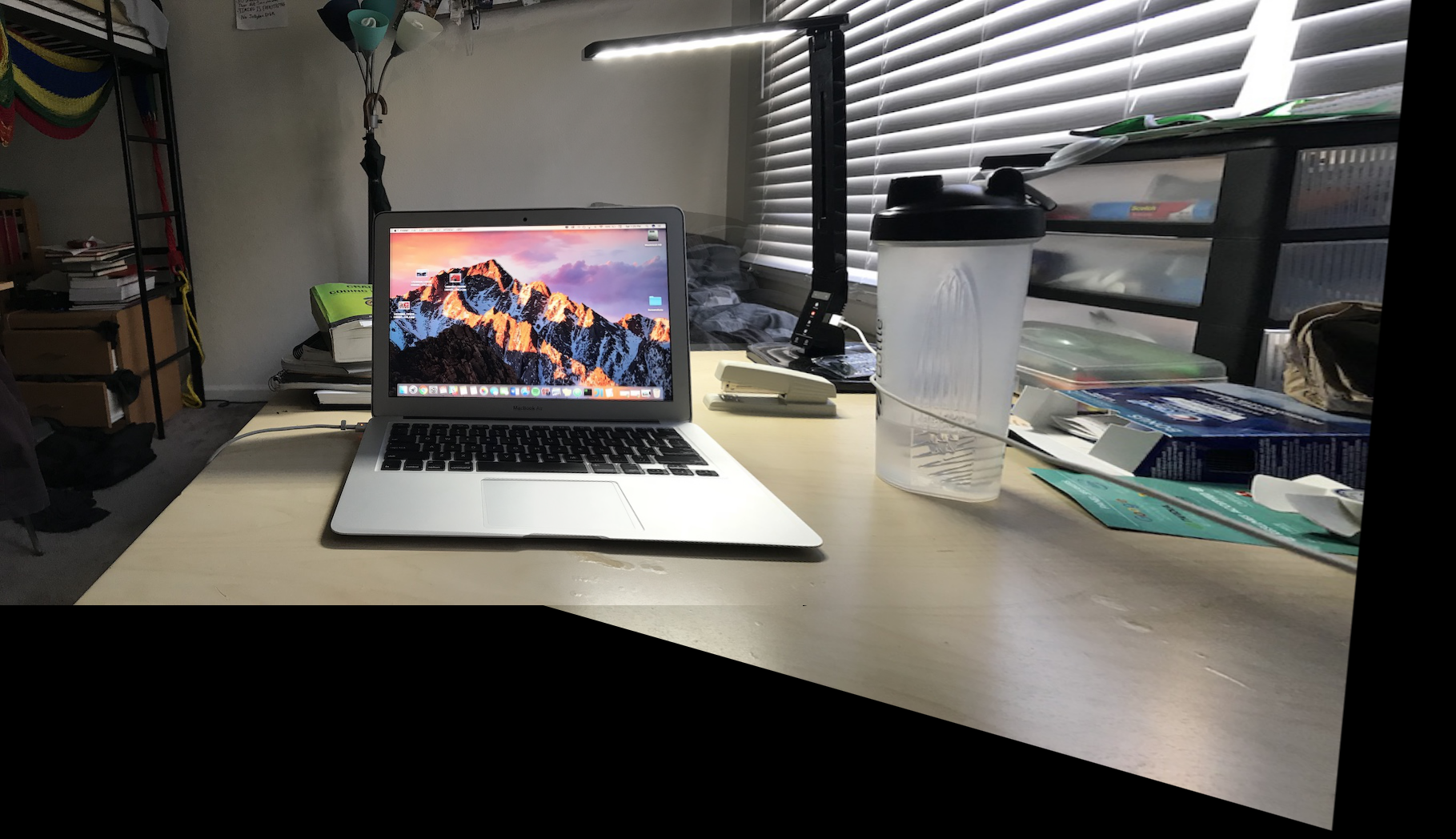
Memorial Glade
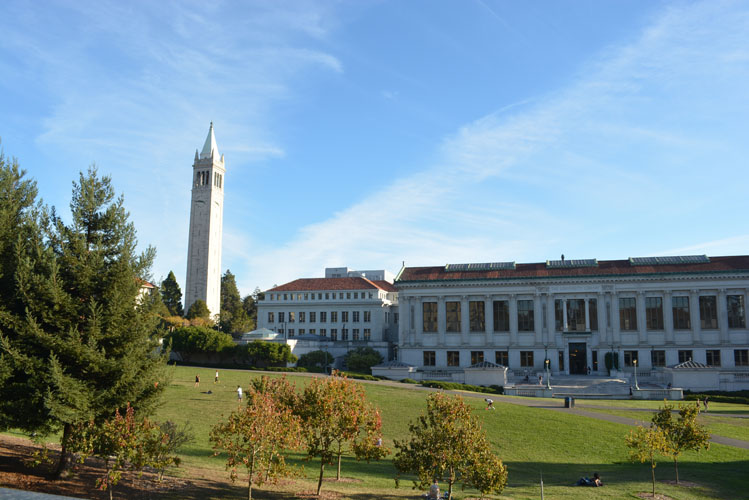
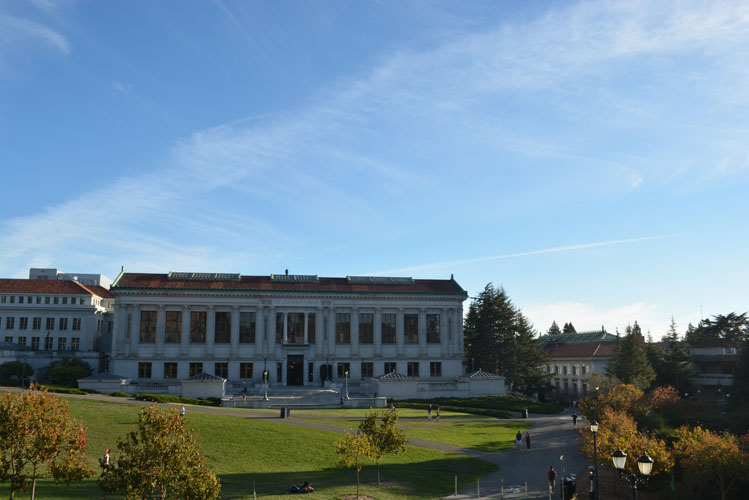
imA` on the right; imB` on the left
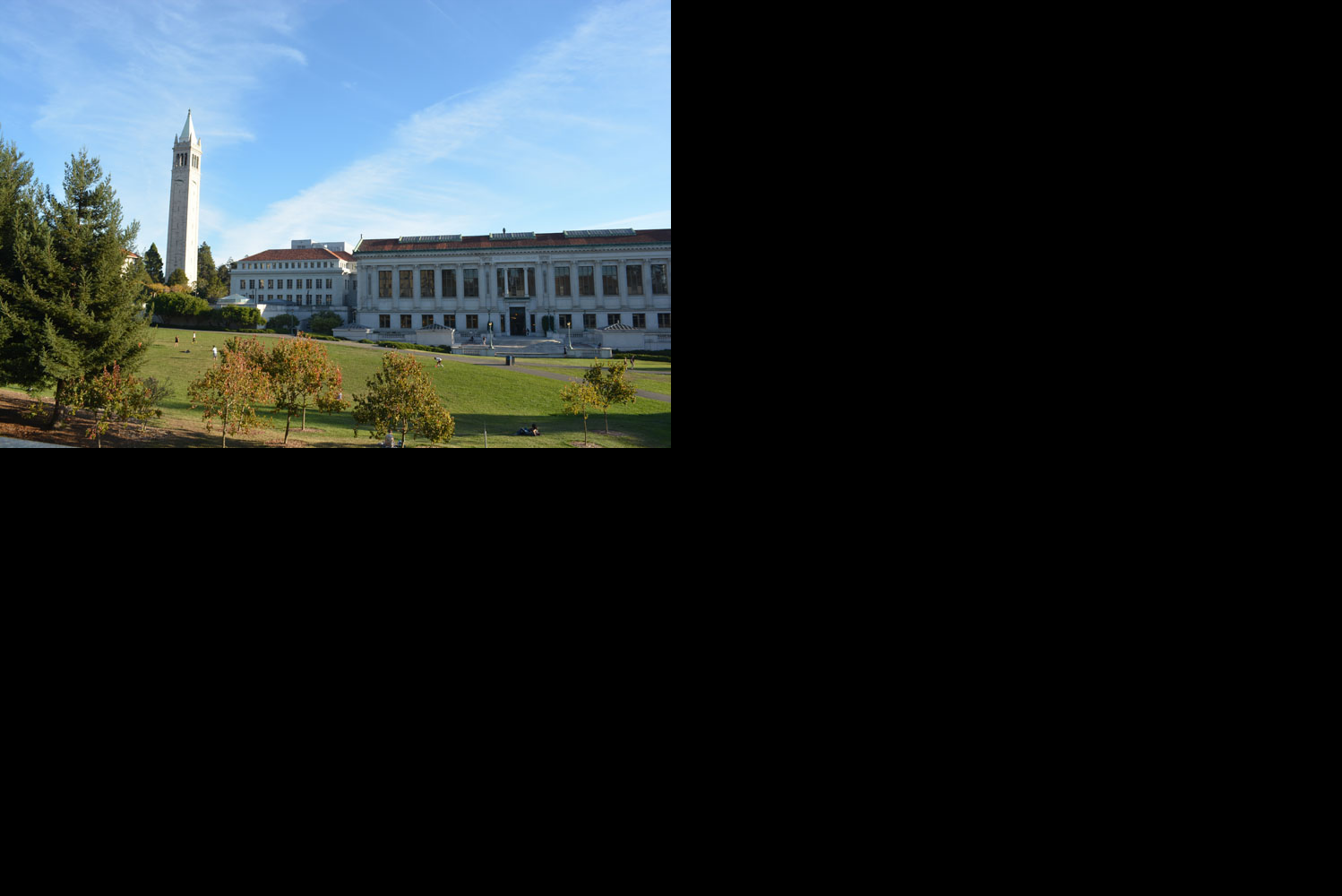
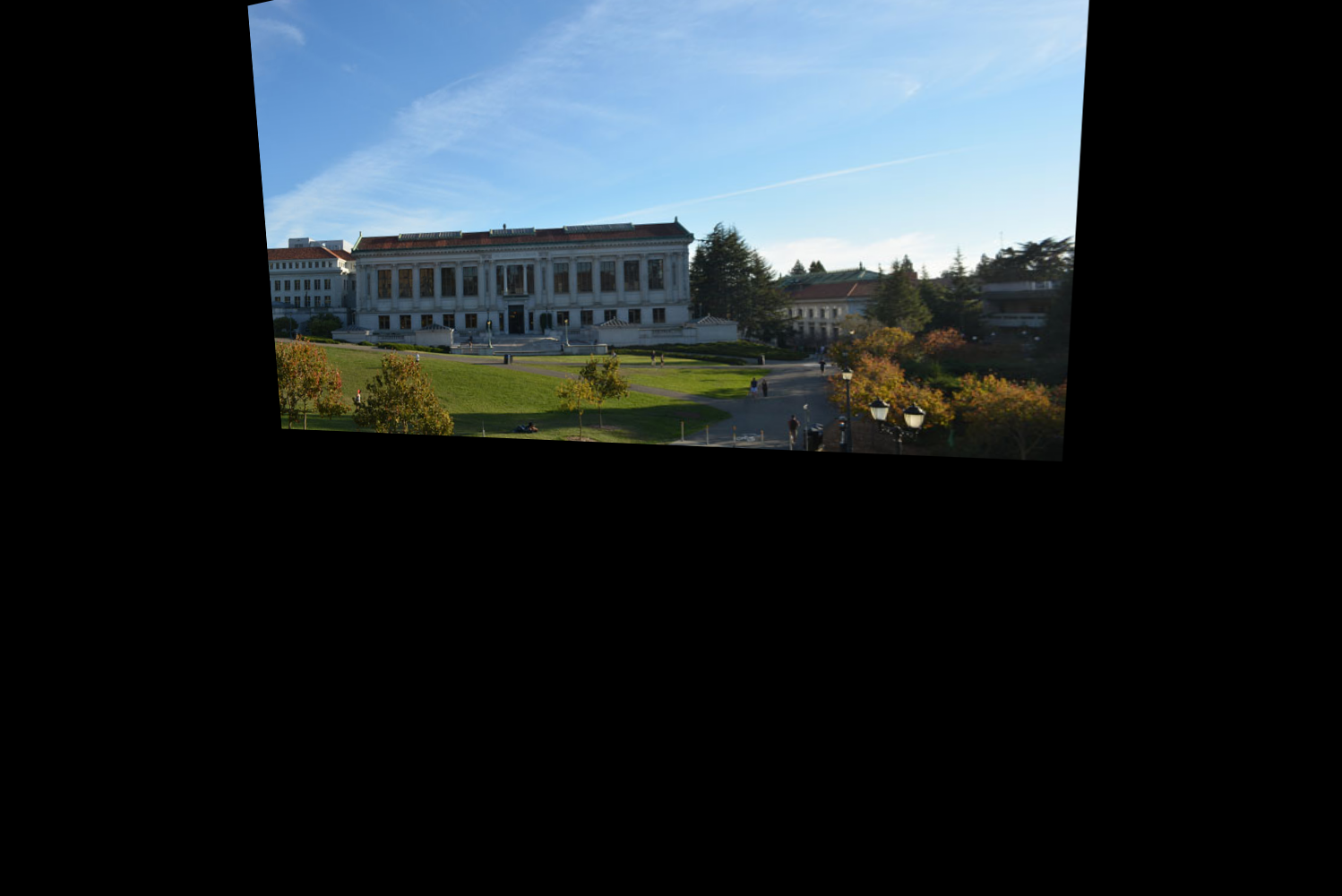
Desk Mosaic

What I Learned
I built on concepts that project 4 built (using linear algebra to use change
of basis matricies to project images to different planes). The coolest
thing about this part was that by applying foundational concepts from
linear algebra and photo computation, you can produce very good results!
I was most surprised at how well you can rectify images, and now I'm curious
what new information is already availble, and that cna be shown by rectifiing
an image to a different direction (e.g. maybe seeing something from a different point of view
in a crime case)






















